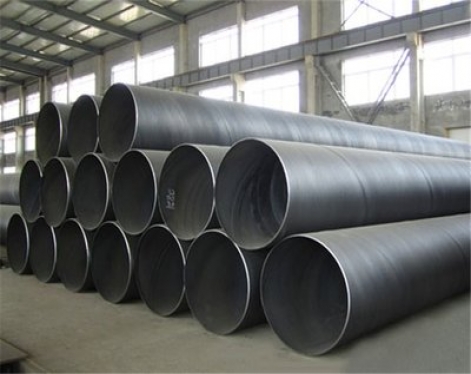
For large-diameter spiral steel pipe (SSAW pipe), if the outer protective pipe is polyethylene pipe, there is no need to make anti-corrosion polyethylene. This kind of steel pipe is odorless, non-toxic, feels like wax, and has excellent low temperature resistance (the lowest operating temperature can reach -70~-100°C). Good chemical stability, corrosion resistance to most acids and bases (not resistant to acids with oxidizing properties), insoluble in common solvents at room temperature, and low water absorption. However, because it is a linear molecule, it can be slowly dissolved in some organic solvents without swelling, and has excellent electrical insulation performance.
Read more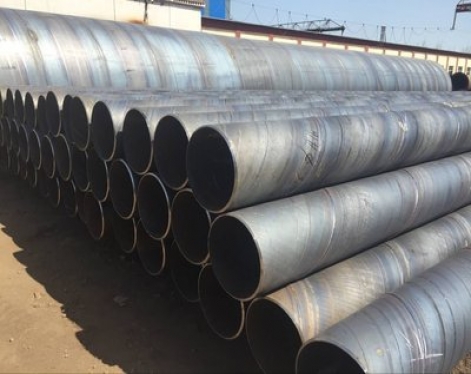
Spiral steel pipe (SSAW pipe) is a welded steel pipe made of strip steel coil as raw material, extruded at regular temperature, and welded by automatic double-wire double-sided submerged arc welding process. Spiral steel pipe is mainly used in water supply engineering, octg pipe, chemical industry, electric power industry, agricultural irrigation, urban construction
Read more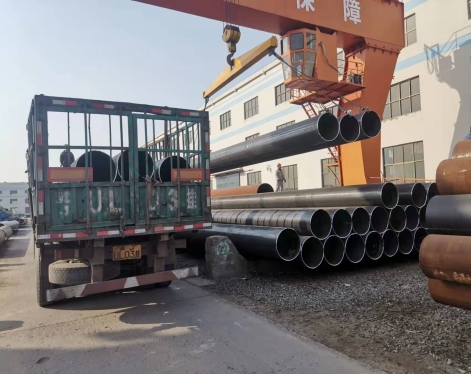
Overall bending is the second step of high frequency welded pipe forming, and its purpose is to bend the pipe as a whole to the curvature of the closed lead-in roller. The traditional overall bending adopts flat/vertical roller alternate empty bending forming.
Read more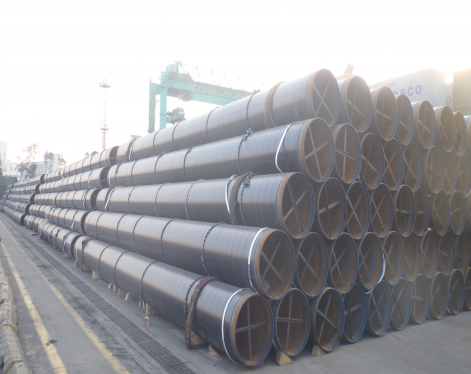
The high-frequency welded pipe is a welded pipe with a high welding speed and a small welding heat-affected zone. Welding can not be cleaned for steel pipes, thin-walled pipes can be welded, and metal pipes can be welded.
Read more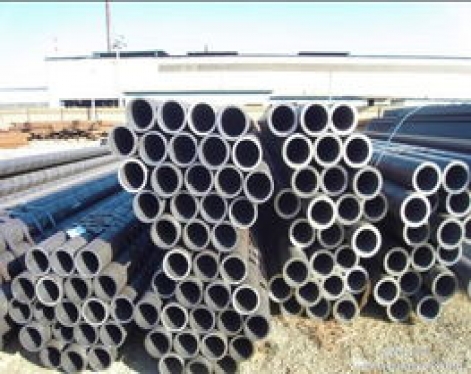
The basic principle of magnetic flux leakage flaw detection of seamless pipes is based on the characteristic of high magnetic permeability of ferromagnetic materials. After the ferromagnetic seamless steel pipe is magnetized, its surface and near-surface defects form a leakage magnetic field on the surface of the seamless steel pipe, and the existence of the defect can be detected by detecting the change signal of the leakage magnetic field.
Read more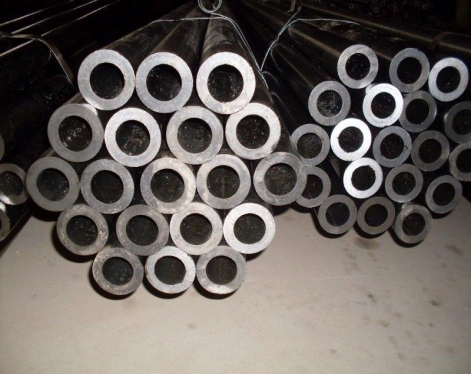
Seamless steel pipes are divided into hot-rolled (extruded) seamless steel pipes and cold-drawn (rolled) seamless steel pipes due to different manufacturing processes. Cold drawn (rolled) tubes are divided into round tubes and special-shaped tubes. Perforation is the most important forming process in the production of hot-rolled tubes, and its task is to perforate a solid billet into a hollow billet (capillary).
Read more